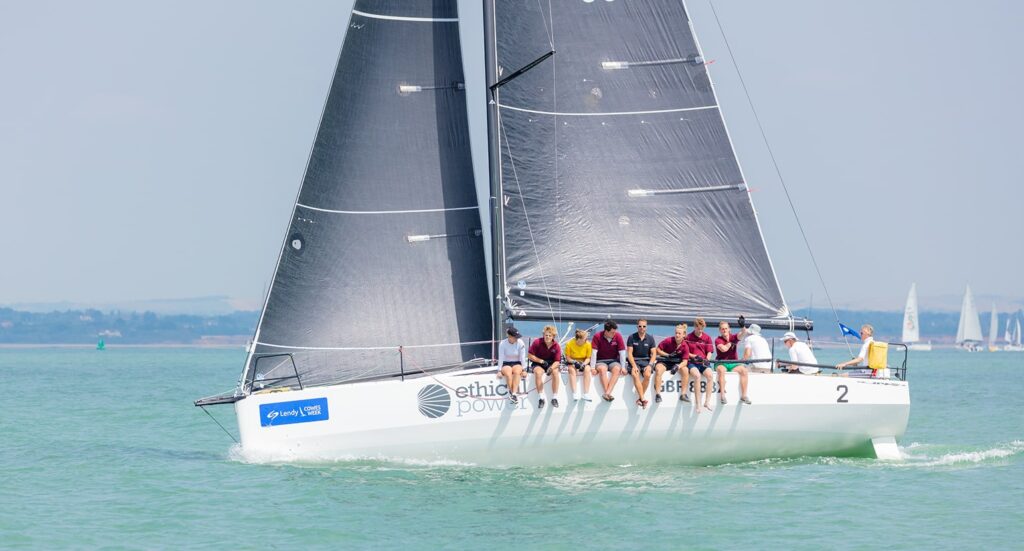Anti-siphoning laws or not, the Olympics has no place on Amazon Prime. Allowing the streamer to take on the rights would be disastrous for the event, athletes, brands and Aussie kids says Ben Willee.
The International Olympics Committee (IOC) would be mad, mad and mad to give the Olympics to Amazon Prime exclusively in Australia, even if the streamer was willing to pay more than an Australian broadcaster.
Given Bezos and his quest for global dominance, it’s no surprise Amazon wants in on the crown jewel of sports. But it’s foolish to even entertain the notion.
Firstly, sporting endeavour and achievement are part of the Australian psyche. To keep that dream alive, events such as the Olympics need to be available to all Australians, not just the ones who can afford a Prime subscription.
And when you look at the business case, Amazon would be ill-advised to take on the rights. The Olympics is a brand and like all good brands, it requires regular campaigns. In the case of the games, that means the lead up to the event and beyond to ensure strong viewership.
As any media grad knows, all good campaigns require a combination of reach (how many people does your platform reach) and frequency (how many times can you show them that ad before it’s burned into their brains). And that’s something Amazon Prime simply doesn’t have Down Under.
According to data from Roy Morgan, as of February, Amazon Prime reportedly had 4.3 million local subscribers, equivalent to just 16% of the Australian population. Even if it doubled that and everyone shared their password with a mate (not that I’d ever do that), Prime would barely reach half the population. So how the heck would Amazon get to enough people, regularly, in the lead up to the games to make it worth its while?
This lack of reach is also the reason sponsors would desert the broadcast in droves. Without the scale of free-to-air, you’re opening the door to a mass exodus of brands leading to less money, which ultimately means fewer athletes.
There’s more research than you can poke a stick at that will tell you that the Olympics makes for some of the most engaging content there is. And neuro insight work proves brands close to these events see huge benefits such as increases in brand salience. That’s why advertisers are willing to fork out millions to align with the event every four years. But don’t think for a second that the reach is secondary to the engagement of the content. It’s a huge part of the equation.
If the Olympics bleed money for the free-to-air players, Amazon will be tapping an artery without the support of advertising partners.
Whenever there’s a whisper of sporting rights landing in the hands of streamers, anti-siphoning laws rear their head. If you’re unfamiliar, these laws have been around since the 1990s when pay TV first came to Australia. Their goal: make sure Aussies can watch big sports and cultural events free of charge, and protect the free-to-air networks, of course.
It’s not unheard of for these laws to be circumvented. Just look at how Cricket Australia ballsed up its rights deal by putting one-day international cricket and T20 behind the paywall. Both of which are supposedly on the anti-syphoning list.
There are some examples where the paywall and free to air can and do co-exist such as the AFL, NRL and the V8 Supercars. Many of those lessons are hard-earned, especially in the case of the V8 Supercars so it’d be a brave network or streamer to try it for an event on the scale of the Olympics without testing the waters first.
At the end of the day, the ball is in the court of sports rights holders.
They need to think very carefully about the power and responsibility to keep events like the Olympics accessible to as many lounge rooms, tablets and phone screens as possible so we keep nurturing the hopes and dreams of kids playing sport all over Australia.
It’s a very slippery slope if we don’t protect the next generation’s hopes and dreams over short term cash injections.




